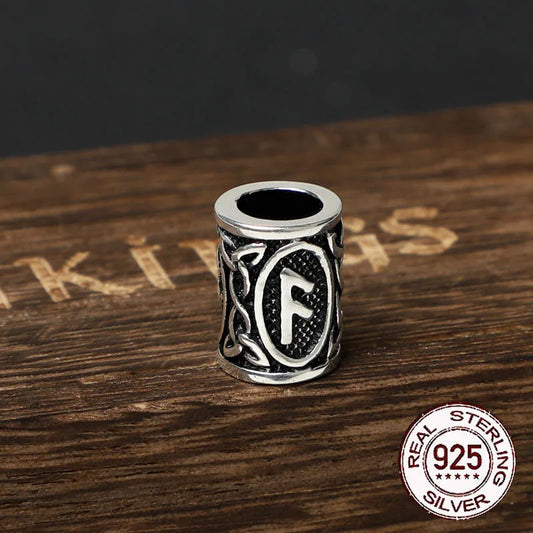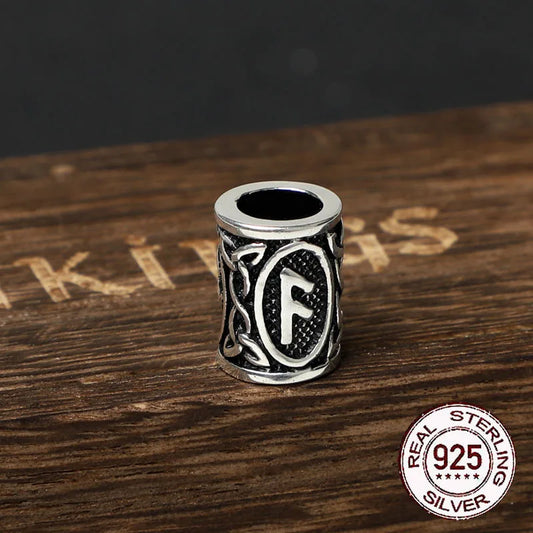Hedeby was an important settlement of Vikings from Denmark and Varangians from Sweden, located in southern Denmark, near the Carolingian border. It was a city in the early Middle Ages and an important trading post for long-distance trade between Scandinavia, Western Europe, the North Sea countries and the Baltic states.
Hedeby is located on the Cimberus Peninsula, at the bottom of the Schlei River, between the North Sea and the Baltic Sea. The site is now in Germany, the land being part of the municipality of Busdorf, near Schleswig, in the district of Schleswig-Flensburg.
The site of Hedeby, which has been abandoned for more than nine centuries, is, together with the Danevirke, the most important archaeological remains in Schleswig-Holstein.
Hedeby's History
After the "great invasions", during which many Anglos and Saxons migrated to England, Jutes and Danes came from the north to the Schlei and Eckernford Bay in the first half of the eighth century. The area seems to have been sparsely populated at that time.
Hedeby was founded at the latest around 770 and soon became the most important commercial center of the Danes. The city is protected by an earthen wall that is still 5-10 m high and encloses an area of 24 ha.
A wooden palisade protects the port from sea attacks. The rectangular wooden houses house numerous workshops of craftsmen, divided into specialized groups, who work with glass, bone and horn and cast bronze. Hedeby exports locally made crafts.
It is an important slave market. A space is reserved for merchants, who camp in the market place. Ancient texts agree that Hedeby (also called Sliaswic or Sliesthrop) was the most populated city in Scandinavia.
The trading post of Hedeby was plundered and burned in 1050 by the Norwegians of Harald Hardrada. Sliaswik (Schleswig) now assumes its role in the region.
The site "Archaeological border complex of Hedeby and Danevirke" is listed as a UNESCO World Heritage Site in 20181.

















